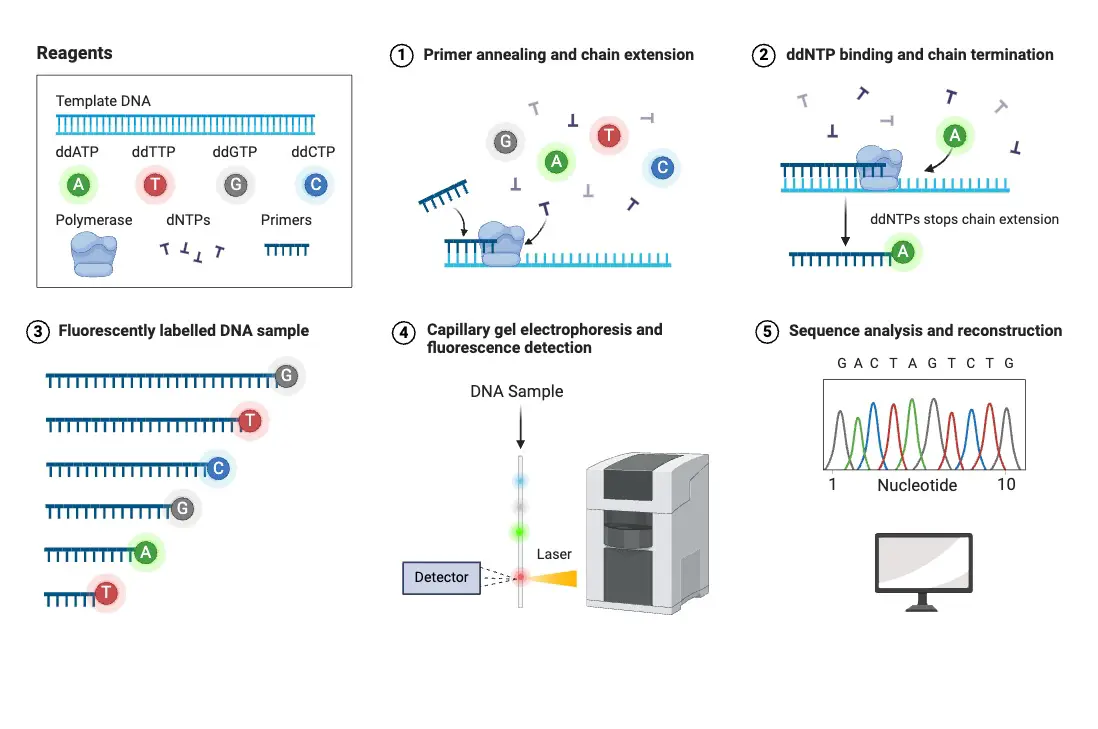Prokaryotic DNA Replication – Enzymes, Steps
What is Prokaryotic DNA Replication? Structure of Ori C OriC (Origin of Chromosome) is the specific locus in Escherichia coli where DNA replication is initiated. This critical region is located at approximately the 84.5 mpu position on the E. coli genome, situated opposite to the replication termination site. The structure of OriC is characterized by … Read more









